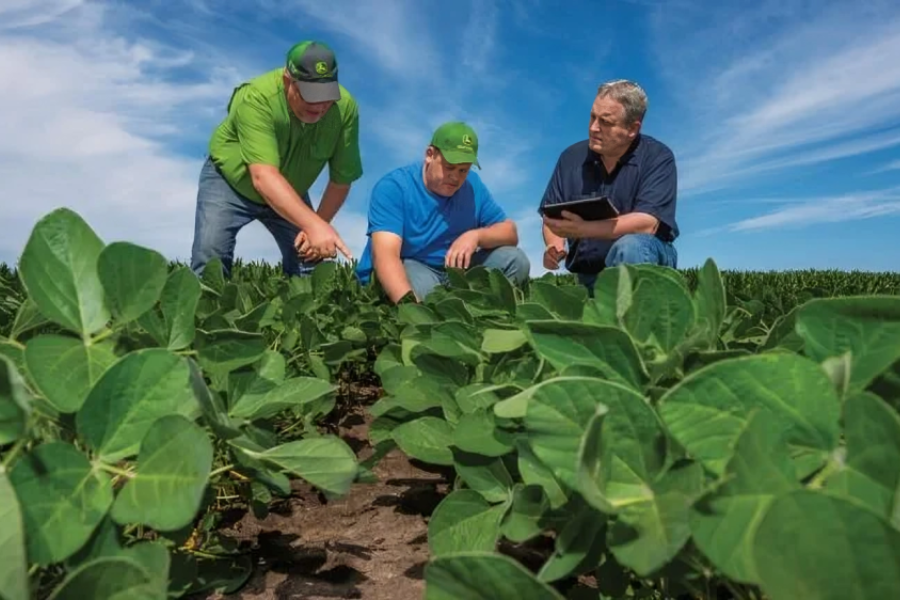The Comprehensive Guide to the Fallias Field Report: An Essential Tool for Fieldwork
The Fallias Field Report is a vital document for capturing and documenting observations, data, and insights from fieldwork. This type of report is often used by researchers, scientists, and environmentalists working in natural or outdoor environments, serving as a critical source of firsthand information. Field reports like these provide an on-the-ground perspective that can’t be replicated in a lab or through simulations, ensuring that the findings are timely, relevant, and accurate.
Why the Fallias Field Report Matters
The Fallias Field Report emphasizes the importance of gathering real-time data. It plays a crucial role in fields such as environmental studies, ecology, and geography, where conditions can change rapidly, and on-site observations provide invaluable insights. The keyword “fallias field report” highlights the need for accurate, immediate data collection that informs research and decision-making.
Key Components of a Fallias Field Report
A well-structured Fallias Field Report includes several key elements that make it both informative and easy to follow. Below is a breakdown of the primary components:
Introduction
The introduction sets the stage by providing an overview of the research objectives, the location of the fieldwork, and the scope of the study. This section explains why the fieldwork was necessary and what the researcher aims to accomplish.
Methodology
In this section, you’ll describe the methods and tools used to collect data in the field. This could include anything from traditional note-taking and manual observations to more advanced techniques such as GPS tracking or using drones for aerial surveys. The methodology should be detailed enough for another researcher to replicate the study.
Data Collection
This section dives into the specific data gathered during fieldwork. Depending on the study, this could involve environmental metrics, species counts, or geographic information. The Fallias Field Report ensures that data is well-documented and reflective of the natural conditions during the study.
Analysis
Here, the collected data is interpreted, often by comparing it to previous research or existing theories. This section aims to draw conclusions from the data, helping the researcher and the audience understand the significance of the findings.
The Role of the Fallias Field Report in Research
The Fallias Field Report bridges the gap between theoretical research and real-world conditions. By documenting the environment as it naturally occurs, researchers can generate data that is often more reliable than data produced in controlled settings. This is particularly important in fields such as ecology, anthropology, and geography, where environmental variables can greatly impact results.
Incorporating the keyword “fallias field report” into research not only signals that the study is based on firsthand observations but also adds credibility by providing real-world context that supports—or challenges—existing theories.
How to Write an Effective Fallias Field Report
Creating a detailed and accurate Fallias Field Report requires careful planning and attention to detail. Here are some tips for crafting a thorough and effective report:
Prepare Before You Go
Before heading into the field, define your research objectives and clarify what data you need to collect. Having a clear plan will help you focus on gathering relevant information and prevent distractions.
Be Meticulous in Your Observations
During the fieldwork, take comprehensive notes and supplement them with photographs, maps, and GPS coordinates. The more detailed your data collection, the easier it will be to analyze later on.
Arrange Your Information
Once the data is collected, organize it logically. Use charts, tables, or graphs to help visualize your findings, making it easier for others to understand the data.
Present a Clear Analysis
In the analysis section, carefully interpret your data, explaining how it supports or challenges existing theories. Avoid jumping to conclusions without substantial evidence.
Conclude with Actionable Recommendations
The conclusion should summarize your findings and offer recommendations for future research or practical applications. Ensure that your conclusions are firmly grounded in the data you’ve collected.
Challenges in Fieldwork and the Fallias Field Report
Conducting fieldwork can be challenging, and the Fallias Field Report is no exception. Factors like bad weather, difficult terrain, and limited time can all affect the quality of your data. Researchers need to be adaptable and prepared to handle unforeseen difficulties.
Despite these challenges, fieldwork remains invaluable. The Fallias Field Report method provides real-time data that often reflects the complexities of natural systems far better than laboratory simulations.
Conclusion:
The Fallias Field Report is an indispensable tool for researchers in various fields. By following a structured approach to writing and data collection, researchers can create comprehensive and reliable reports that contribute valuable insights to their respective disciplines. Whether you’re a seasoned professional or a newcomer to fieldwork, understanding the intricacies of a Fallias Field Report is essential to producing accurate, impactful research.
Keep an eye for more news & updates on World Insider!






